Telecom Services and disruption caused by COVID-19
There has been a huge disruption in economies around the world due to COVID-19. Whatever sectors of the economy are functioning, Telecom services are playing a significant role in those sectors to ensure business continuity. Many industries like education, banking and payments, medical consultation etc. have gone through a transformation in the last six months, and this transformation was not possible without Telecom services. The Importance of telecom services has never been so high. Maintaining telecom services and provisioning new ones are top demands in current times.
How ‘The Show’ is being managed & associated challenges
Telecom services run on network infrastructure which needs be maintained in a mission-critical mode. As per Omdia report, the pandemic has undoubtedly increased demand for network management solutions, network automation, and the associated network intelligence and analytics technologies required to help manage network traffic and ensure the quality of service. 1 Existing OSS/BSS, though are playing their roles, have limitations to manage telecom services and infrastructure effectively. Because of these limitations, Telcos have been facing a lot of challenges in current times, like:
- Customer service- Need for Responsive customer service and self-service for digital customers
- New services provisioning- Rising demand for remote service provisioning
- Network management- Restrictions on checking network faults physically
Need for a ‘Pandemic-Ready’ OSS/BSS
There is a need for a “Pandemic Ready” OSS/BSS to manage such disruptions in future. Let us discuss the areas mentioned above, where Telcos are facing challenges in current times:
Customer Service:
Customer Service has changed in current times. Customers are not willing to call a toll free number; instead, they want a digital interface like Chatbots. Chatbots have started playing a significant role in customer service in current times and are needed to be integrated with existing OSS/BSS. Chatbots, not only support customer services but many more use cases. With the advancement in Artificial Intelligence, implementation of Chatbots have become easy and quick, with the tremendous value being delivered.
New Services Provisioning:
New Services Provisioning has been another area of challenge in current times. There are a lot of human interfaces in new services provisioning in current times. There is a need for highly automated provisioning flow or ‘Zero Touch Provisioning (ZTP)’ integrated with a customer portal, where a prospect gets control to fill up his requirements and provision its services.
Network Management:
Network Management is one more area where Telcos are struggling due to their inability to send field engineer in case of Network Fault, e.g. Network device going down. With the advancement in Artificial Intelligence and Machine Learning, ‘Predictive Maintenance’ of the network is possible. A considerable number of such faults can be resolved before they even occur through ‘Predictive Maintenance’.
Let us discuss one of these solutions in detail. Below diagram illustrates an operating model of TCTS Predictive Maintenance Solution.
TCTS Predictive Maintenance solution transforms the way networks are being managed today, without any disruption in existing processes. The solution leverages the existing Operations Support System (OSS) in telco’s environment such as Fault Management System, Trouble Ticketing System and Workforce Management System, to lay out the end-to-end Network Management Approach.
TCTS Predictive Maintenance Solution
There are four components to TCTS Predictive Maintenance Solution:
- Predictive Engine: A Machine Learning(ML) based engine which predicts faults in network seven days in advance. The solution leverages historical Fault Management Data to create a model, which is continuously kept updated with daily data
- Action Recommendation Engine: An AI/ML-based solution, which recommends action to be taken in the event of a fault. The solution leverages historical Fault Alarms data as well as Fault Tickets data to arrive at actions
- Auto-Correction Engine: An Automation engine, which helps repair the faults remotely. Automation engine will fix the issues by pushing necessary configuration changes directly or through the Element Management System (EMS)/Network Management System(NMS)
- Implementation Consultancy: TCTS implementation consultancy on rolling out such solution basis OEMs and technology domains in the network
TCTS Predictive Maintenance solution is a scalable intelligent automation solution, which helps in fixing the faults before they occur. The solution contributes to improvement in network uptime, hence improving the end-customer experience. The solution also reduces the ever-increasing load on network management teams and helps run the network in COVID-19 pandemic like situations.
Similar to Predictive Maintenance in Networks, solutions such as ZTP and Chatbots can transform the way New Services Provisioning and Customer Services is being done today.
Automation strategy to move ahead of the crisis
There are many more use cases and areas, where modern technologies such as AI/ML, Data Science, Analytics and Automation can be used to transform the current ways of doing things.
Evolved Automation Strategy
Any effective network automation strategy requires more than just the adoption of specific network automation tools or domain-centric approaches. Service providers need to adopt an end-to-end approach that seeks to automate service and network flow across multivendor, multi-technology network environments.
Tata Communications Transformation Services (TCTS) offers the unique multi-domain, multivendor, neutral player and THE TRUSTED PARTNER option while delivering transformation projects. TCTS brings the real-world experience of optimising, centralising and consolidating operations of large, complex global networks of three different large entities. TCTS enables new ways of building communication networks at a significantly reduced CAPEX and OPEX with enormous scope for innovation in network services, and improved cloud integration enabling revenue opportunities from new digital services. Please contact us today to know more about our automation offerings.








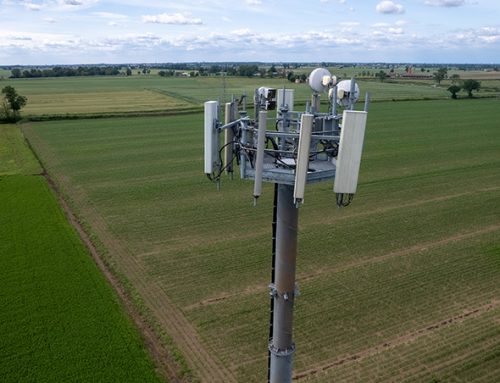



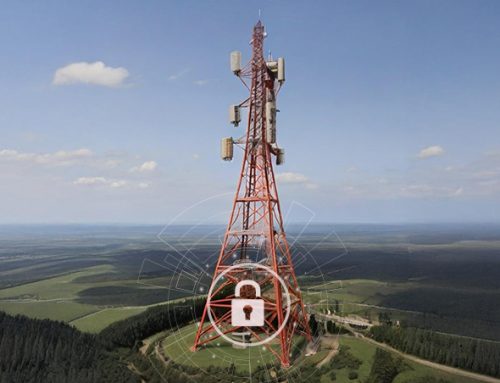











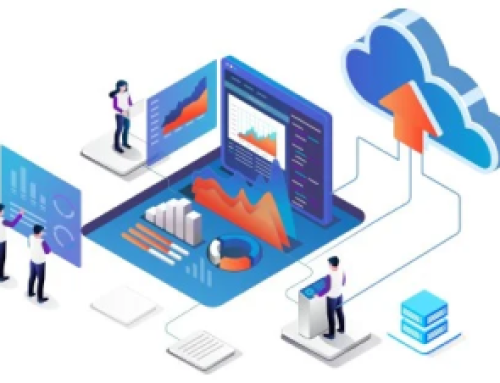
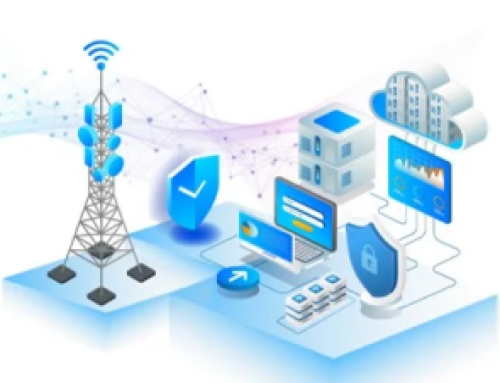
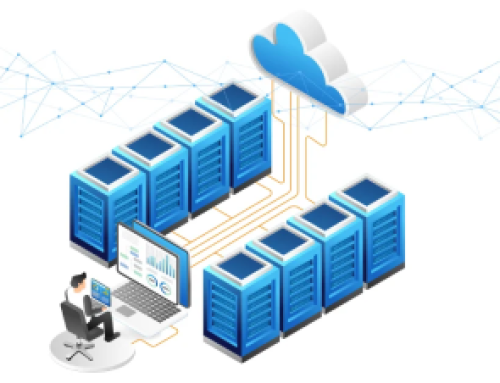

![Telco Cloud: A Key Enabler to Telco Transformation [Part 1]](https://www.tatacommunications-ts.com/wp-content/uploads/2023/06/Telco-Cloud-blog_image-1-500x383.png)



